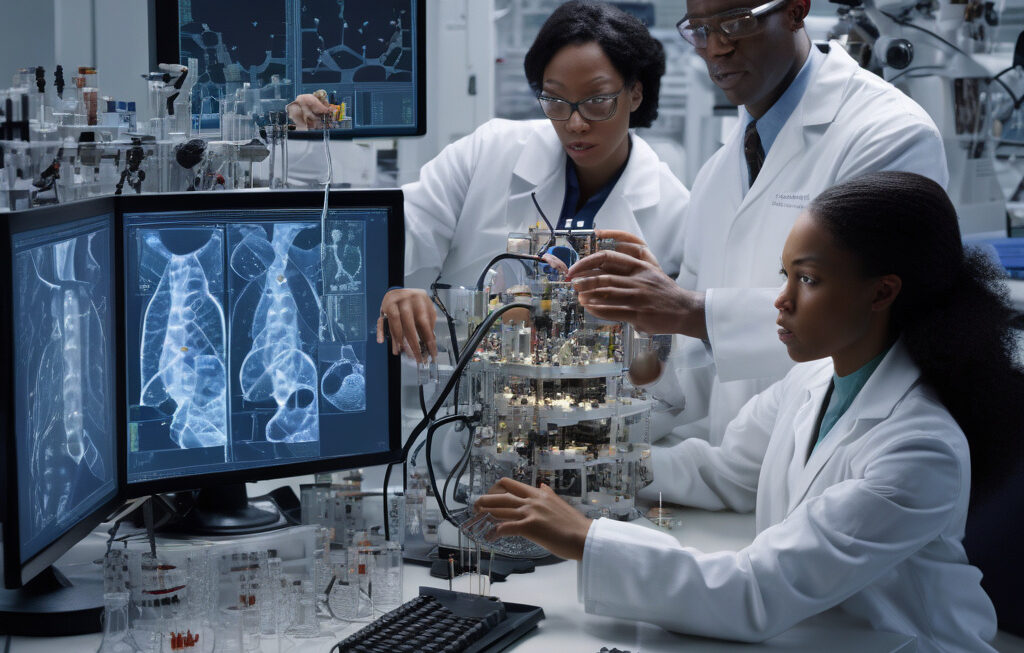US’ New Copper Alloy Resists 1,472°F Heat for 10,000 Hours, Matches Superalloy Power
A collaborative effort from researchers at the Arizona State University, the US Army Research Laboratory, and other institutions has resulted in a groundbreaking development in the field of materials science. The team has successfully created a new copper alloy that can withstand temperatures as high as 1,472°F for an impressive 10,000 hours, putting it on par with the performance of superalloys.
This innovative copper alloy opens up a wide range of possibilities for various industries, particularly in aerospace, automotive, and power generation. The ability to withstand such extreme temperatures for extended periods makes it an attractive alternative to traditional superalloys, which are often expensive and challenging to manufacture.
One of the key advantages of this new copper alloy is its cost-effectiveness. Copper is a widely available and relatively inexpensive material, making it a more sustainable option for high-temperature applications. By leveraging the unique properties of copper and combining them with other elements, researchers have been able to create a material that offers exceptional performance at a fraction of the cost of superalloys.
In addition to its cost-effectiveness, the new copper alloy also boasts impressive mechanical properties. It exhibits high strength, excellent corrosion resistance, and good thermal stability, making it a versatile option for a wide range of industrial applications. Whether used in turbine engines, heat exchangers, or electrical components, this copper alloy promises to deliver reliable performance under the most demanding conditions.
The development of this advanced copper alloy highlights the importance of collaboration in driving innovation. By bringing together experts from academia, government, and industry, researchers were able to combine their knowledge and resources to overcome technical challenges and achieve a common goal. This interdisciplinary approach not only accelerates the pace of discovery but also ensures that the resulting technology meets the needs of various stakeholders.
Looking ahead, the potential applications of this new copper alloy are vast. In the aerospace industry, it could be used to improve the performance of aircraft engines, leading to greater fuel efficiency and reduced emissions. In the automotive sector, it could enable the development of more efficient and durable engine components, contributing to overall vehicle reliability. And in the power generation sector, it could help enhance the efficiency of turbines and other equipment, ultimately leading to cost savings and environmental benefits.
Overall, the development of this new copper alloy represents a significant step forward in the field of materials science. By pushing the boundaries of what is possible with traditional materials, researchers have paved the way for a new generation of high-performance alloys that offer enhanced capabilities at a lower cost. As industries continue to seek innovative solutions to their most pressing challenges, collaborations like this one will play a crucial role in driving progress and shaping the future of technology.
innovations, materials science, copper alloy, superalloy, high-temperature resistance












